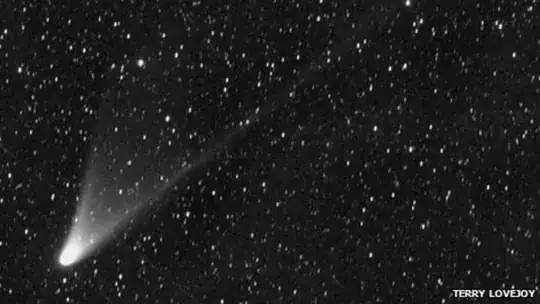A black hole, the likely size to act as a central mass, with orbiting suns, would likely be the result of a supernovae, which would have a typical lower size of about 25 solar masses. The nearby few suns would likely have great orbital distances and/or high orbital velocities. Eventually the black hole will increase in gravitational draw, and then slowly the suns would be sucked in. In other words, this scenario is an unstable one. Additionally, it would involve extremely large orbital distances and velocities. Planets orbiting would have to have high orbital velocities, and like the suns might be subject to substantial tidal forces. Higher orbital velocities incur a higher probability of matter accumulation, which is incompatible with the stability to support life.
So not very likely.
Addendum: Stated differently, the probabilities for "solar systems" of multiple stars, referencing the original poster term of "a few suns" orbiting around a black hole, carries the implication of a larger black hole, and since the observed black holes are in the 10 to 100 solar mass region, with 25 being near the modal for the distribution (and perhaps for other reasons as well), the larger solar mass black holes would permit "orbiting around" of a few suns. Secondly, in the Milky Way it is estimated that most stars, perhaps 85 percent, are red dwarfs, which are generally about 0.2 solar mass. Additionally, estimates (some are less) of the red dwarfs have stellar companions. So to have a black hole, with an orbiting set of a few suns orbiting it, appears to be a rather improbable event, given our contemporary understanding of stellar demographics. However, things do not end there.
To have a system of planets orbiting the back hole with a few suns orbiting it stellar collection, would likely require large orbital distances and/or high orbital speeds, as the central mass would be rather high. That is, not the tiniest black hole, and then again a few suns in orbit. So we are talking a large footprint for the resulting solar system.
The original poster asks if civilizations, which I suppose means "life as we know it" to be inhabiting one or more of those planets. Now the collection of those few suns and the black hole must be distributed in a rather uniform manner to permit somewhat uniform insolation of the possible planet in the green zone. The probabilities keep dwindling.
So we have a mid-sized black hole, with a few suns, somewhat uniformly orbiting it, and those suns should not be of the ever popular red dwarf type, and somehow this arrangement will provide somewhat uniform insolation to a planet sitting in the green zone of the system.
COULD something like this exist? Who could say definitely yes or no? However the majority of solar systems are binary, so that tips the scale towards systems of more than one central star. However, the effects of multiple solar mass bodies tends to have other effects which enter into consideration.
Accretion rates, are likely to cause a doubling of mass from tidally disrupted stars (2x10^10 years approx), and for gravitational diffusion (2x10^9 years approx). There is much more to factor in, but the doubling of the black hole mass within the lifetime of a planet such as earth is real, and would have disastrous effects. For example, the luminous flux of the resulting suns would be compromised, changing drastically the green zone. Additionally the ever cycling tidal forces of the multiple stars would likely create a substantial fluidity of the planet structures. This might also affect the development of civilization.
A few suns in addition to having the right irradiance, would also have to have rather regular orbits, as eccentricity would adversely impact consistent planetary insolation.
So summarizing this, a central mass black hole, orbited by a few suns, with sufficient and uniform insolance on a planet in a green zone, which would be presumably free from excessive tidal forces, and having that central mass black hole be stable and not substantially accumulating mass from accretion or other effects in what promises to be a region ripe with tidal forces and gravitational diffusion, seems rather unlikely.
